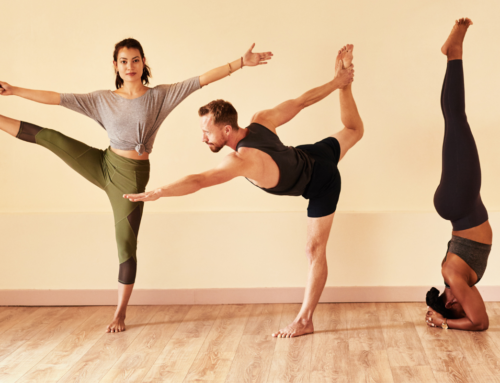The openings of speeches are incredibly important for setting the mood, the audience expectations, and the energy level in the house. That’s tough, of course, because that’s when most speakers are nervous and tentative.
Don’t be. There’s nothing natural about this. It’s not about being yourself. It’s about forcing yourself to walk — or bound — out on stage with focus, with energy, already thinking that the audience is comprised of some very close friends you’re really glad to see.
So a little self-hypnosis or self-talk is in order. Go watch actors backstage during a show. You’ll see them all getting into what they call the ‘offstage beat’. That means they don’t walk on stage and then think about delivering a line. They come from somewhere, already in a mood, already heading somewhere with something on their minds, already busy doing something.
You need an offstage beat, too. Get into a frame of mind, such as I’m-about-to-see-a-close-friend-that-I-haven’t-seen-in-years-that-I’m-going-to-hug. Or something like that. Whatever floats your psychic boat. But make it positive, friendly, and all about connecting with someone.
OK, so that’s what you need to rehearse. Go offstage, get psyched, and then come charging on mentally hugging everyone in the audience and deliver your first line. Or better yet, your first story.
By the way, spending the first few minutes saying "hi" and "how’s everyone in Topeka?" is amateur stuff. Don’t waste that opening opportunity to grab your audience and never let go. Start with some vivid, interesting, dramatic, or exciting. Jump right in and tell us the best story you know. Or ask the audience something compelling they haven’t thought about. Or interact with them in a more compelling way. Get some of them up on stage, or go into the audience and start conversing with them. You get the idea.
Rehearse the opening. Get an offstage beat. Don’t waste the moment of maximum interest. Start with a bang. You can repair the damage done by a wasted opening, but it’s hard work and takes the rest of the speech.








[…] Rehearsal 6 is Walk-Through Rehearsal for Blocking […]
[…] Rehearsal 6 is Walk-Through Rehearsal for Blocking […]